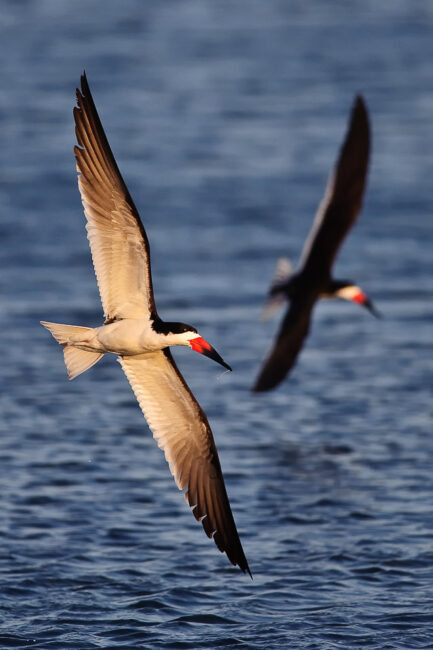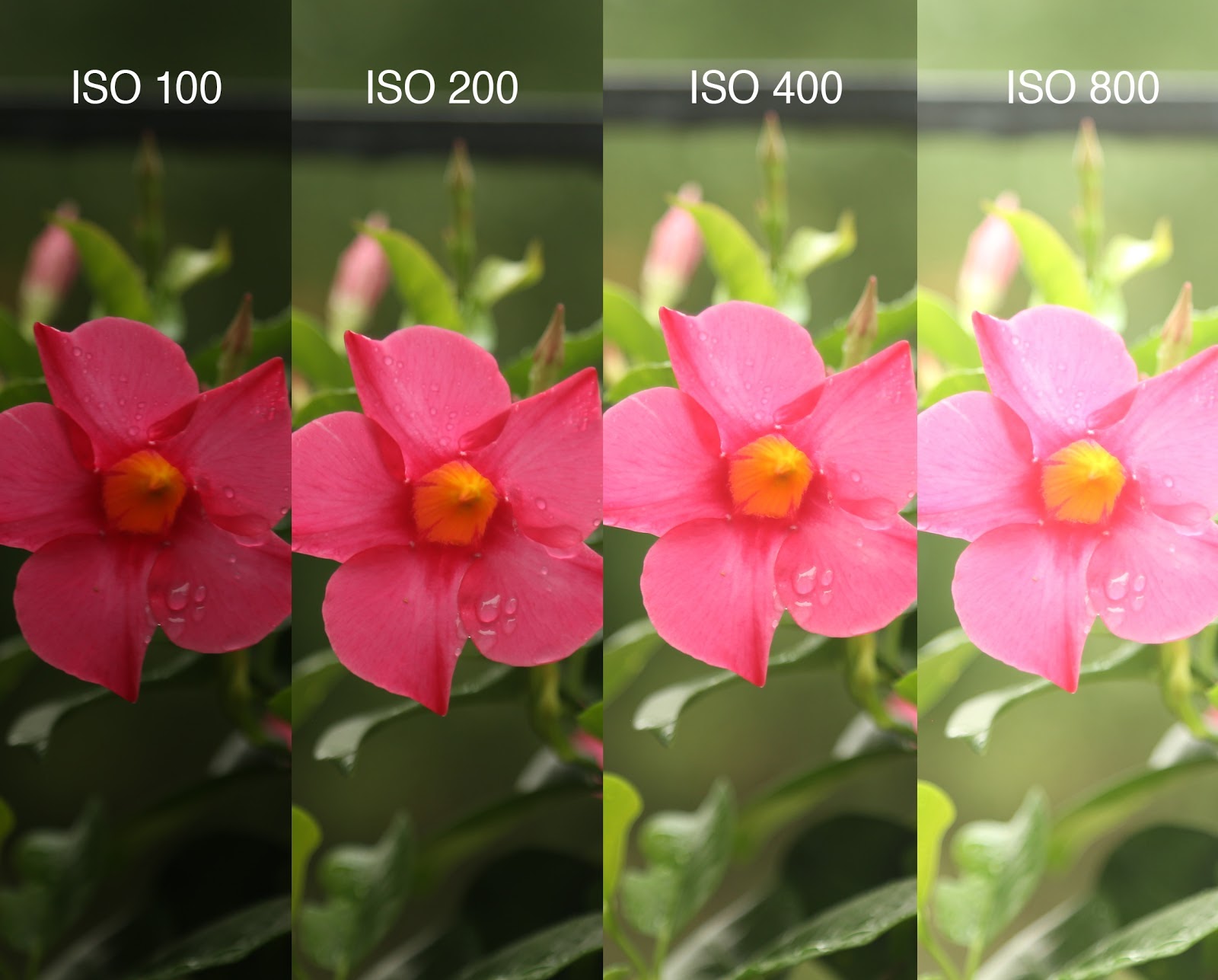The world of photography is becoming more and more popular these days, you do not have to use a DSLR, even with a smartphone you can produce good photos. This is of course supported by the improved quality of cameras, software and technology embedded. It is not uncommon for low-end smartphones to be equipped with manual camera settings. ISO in Photography is simply a camera environment, in very simple terms, which will brighten or darken a picture. Your images will gradually grow brighter as you increase your ISO number. For that purpose, ISO will help you capture images in darker conditions, or make your aperture and shutter velocity settings more versatile.

Table of Contents
What does ISO stand for in photography?
ISO in Photography (also referred to as ASA before was adopted as a measure of film speed in old film cameras by the International Organization for Standardization. The higher the speed of the film, the higher the film’s sensitivity to light. How sensitive your camera sensor is to light is calculated by ISO. The darker the setting in which you shoot, the higher the ISO needs to be to ensure that you have the right exposure. ISO is one of the three key foundations of photography and along with aperture and shutter speed, is part of the exposure triangle.
What is the best ISO for the camera?
There is a lot of light on a bright and sunny day, so you can use a lower ISO configuration. There’s less light on a cloudy day so your ISO needs to be increased. Indoor pictures have much less light and you can bump up the ISO to compensate for the low light if you don’t want to use a flash.
- 100 or 200 best ISO for outdoor pictures on a bright and sunny day
- 400 ISO for gloomy days, or window-light portraits indoors
- Without a flash, 800 ISO for indoors
- For very low light conditions, 1600+ ISO-that your child is playing at school
What is the ISO button on a camera?
Your digital SLR camera’s ISO button refers to film speed. The ISO camera setting also has the same purpose as older film cameras, even though your camera is most probably not film at all but rather digital. How sensitive the image sensor is to light is defined by ISO.

Why would you want a high ISO?
You are asking your camera to become more sensitive to the available light when you use a high ISO level. This is most commonly used in low light conditions to preserve a correct exposure while you are photographing.
What happens if ISO is too high?
A picture taken at too high an ISO can reveal a lot of grain, often referred to as noise, and may not be available. Only when you are unable to brighten the image through shutter speed or aperture should you increase your ISO instead (For eg, if you were to use a longer shutter speed, your subject would be blurry.).
What’s the highest ISO you should use?
Most photographers are willing to accept some loss of image quality in circumstances that need high ISOs to use the necessary shutter speed and aperture. Photographers regularly use ISO settings of 6400 and 12,800 and even higher with today’s improved high-ISO DSLRs and mirrorless cameras.
What should my ISO sensitivity be?
The ISO camera’s “normal” range is around 200 to 1600. With today’s digital cameras, depending on the camera type, you can often go as low as 50 or as high as over three million. There are two major attributes associated with the number selected. First, the amount of light needed for good exposure is set.

What is the best ISO setting for low light?
Lower ISO films are considered to be slow or less sensitive to light; films with higher ISO numbers are quicker or more sensitive to light. It’s pretty common to shoot with ISO 100 or 200 films in standard daylight while using a film camera and use ISO 400 film for lower-light photography.
Is higher or lower ISO better?
A low ISO (e.g. 100 or 200) value indicates low light sensitivity. … A high ISO value (e.g. 800, 1600 or higher indicates high light sensitivity. This helps in low-light situations where for a better-exposed shot, you need the camera to catch more light.
Does ISO affect sharpness?
Using a higher ISO means that the sensor of the camera is more sensitive to light, which means you can use a quicker shutter speed. The downside is that if the ISO level goes too far you’ll end up with noisy pictures. Fortunately, many newer DSLRs handle high levels of ISO very well.
How does iso make an image brighter?
Your camera is told by ISO how much light to add to your frame. ISO is like the “brighter” slider inside your camera is pulled up. Even if the light is not there, your camera is adding light to the frame. Because of this, the greater the ISO, the greater the amount of grain.
Does ISO affect shutter speed?
How sensitive the camera is to incoming light is determined by the ISO speed. It also corresponds 1: 1 with how often the exposure increases or decreases, similar to shutter speed. However, a lower ISO speed is almost always preferable, unlike aperture and shutter speed, as higher ISO speeds increase image noise dramatically.
Why does ISO increase noise?
A rise in the ISO makes the light more easily absorbed by the sensor. The higher the ISO (more sensitive), the harder it is for the image sensor to work to create a good image, generating more digital noise (those multi-colored speckles in the shadows) and therefore creating random colored specks in the image.
Is Asa the same as ISO?
Between ASA and ISO, there’s absolutely no difference. To internationalize film speed readings, it is simply a change of titles. The film ASA 200 and the film ISO 200 have the same pace.
How does ISO work on a digital camera?
In basic words, ISO is a measure of the response of the camera sensor to the sun. The lowest ISO setting for most digital cameras is 50, 100, or 200. The sensor of the camera is the least sensitive to light in this environment. At higher settings, such as 3200 or 6400, the sensor is more sensitive to light.
What does ISO 3200 mean?
ISO is a measure of how sensitive the sensor of a digital camera is to light. The speed of light intensity of the digital camera sensor is calculated in ISO numbers—the lower the value, the slower the light response. … Many compact cameras deliver high ISO settings (e.g. 1600, 2000, 3200, up to 6400!).
